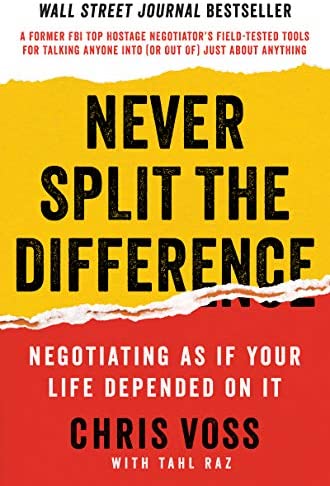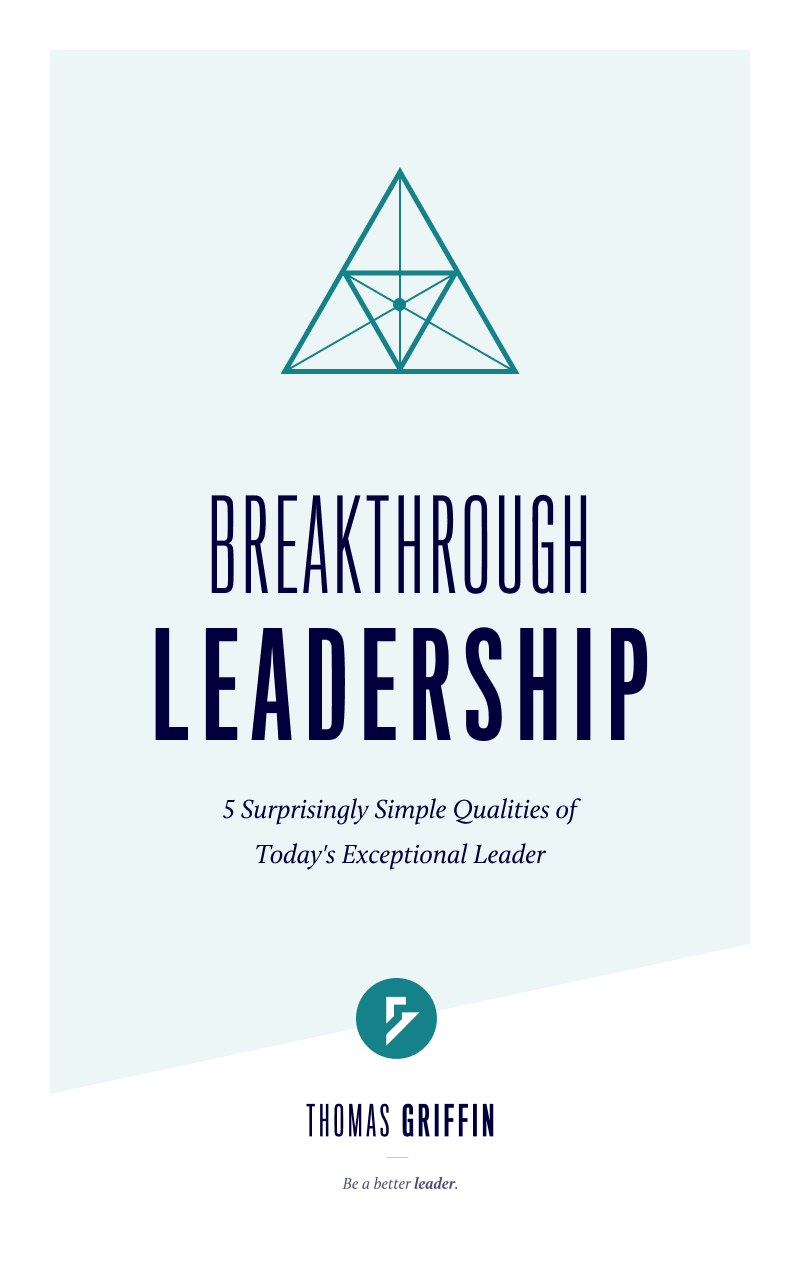
There are only a handful of books that I return to over and over again to gain new insights and apply them to everyday life. Never Split the Difference by Chris Voss is one of them.
Every conversation you have is a negotiation. From opinions to advice to deals, each word spoken moves the conversation closer to an accepted outcome. You need to learn how to negotiate well.
Learning how to negotiate well doesn’t stop at winning deals. It also has a profound impact on the way you communicate with your significant other, your kids and even your peers.
Chris was a former top FBI international hostage negotiator, so the stories he uses to amplify his points are exceptionally entertaining. You’ll find this book both easy to read and easy to apply its concepts.
My favorite quote from the book is this:
Negotiate in their world. Persuasion is not about how bright or smooth or forceful you are. It’s about the other party convincing themselves that the solution you want is their own idea. So don’t beat them with logic or brute force. Ask them questions that open paths to your goals. It’s not about you.
Negotiation is persuasion, and persuasion is a delicate art that requires a counterintuitive approach: empathetic listening, calibrated questions, labeling, mirroring and making the other party feel in control.
Here is my brief book summary and key takeaways from Never Split the Difference by Chris Voss:
- We negotiate from the heart, not the mind. The practical application of this truth is that emotions rule in negotiation, not logic. This is why understanding psychological principles and basic human tendencies are so important to negotiating well.
- Negotiation is not an act of battle but rather a process of discovery. Your job is to uncover new information. Mirroring, the art of repeating back the 3-5 most important words that the other party has said, is critical to that process.
- Label the undercurrents and emotions of the other party. Use deferential words, e.g. “It seems like you are frustrated that this conversation isn’t going the way you hoped”.
- Ask open-ended, calibrated questions to have the other party solve your problems for you. Avoid “why” and stick with “what” and “how” types of questions.
- “You’re right” is your enemy. “That’s right” is your best friend. When you get a “That’s right” type of response from the other party, you know you are moving closer to a win-win deal.
- Saying “No” makes us feel safe. So, when applicable, allow the other party to retain their agency and safety by saying “No”. It’s why “Is now a bad time to talk?” is always better than “Do you have a few minutes to talk?”.
- No deal is better than a bad deal.
- The most powerful word in negotiation is “Fair”. The negative emotional value of unfairness far outweighs the positive rational value of money. An example of the positive use of fairness: “I want you to believe you are being treated fairly at all times. If at any point you believe you are being treated unfairly, stop me and we’ll address it”.
- Calibrated questions are powerful. They are subject to interpretation by your counterpart and allow them to introduce your ideas and requests without you being pushy about it!
- Don’t fall for a counterfeit “Yes”. Use labels, mirroring, questions and summaries to get to the truth. It’s hard to repeatedly lie or fake conviction about something.
- Find the Black Swans — the pieces of information that alter the trajectory of the negotiation. There are usually 2-3 bits of information that can radically change the outcome of the negotiation; you just have to patiently listen, observe and talk them out of the other party.
This book has helped me become both a better listener and a better conversationalist. It has opened up the pathways for better communication with my wife and my kids.
The principles are broadly applicable to life, and I guarantee you will close many more deals by studying and practicing the tactics outlined in this book.
One can only be an exceptional negotiator, and a great person, by both listening and speaking clearly and empathetically; by treating counterparts — and oneself — with dignity and respect; and most of all by being honest about what one wants and what one can — and cannot — do.
You can find links for the print and audio books below.

